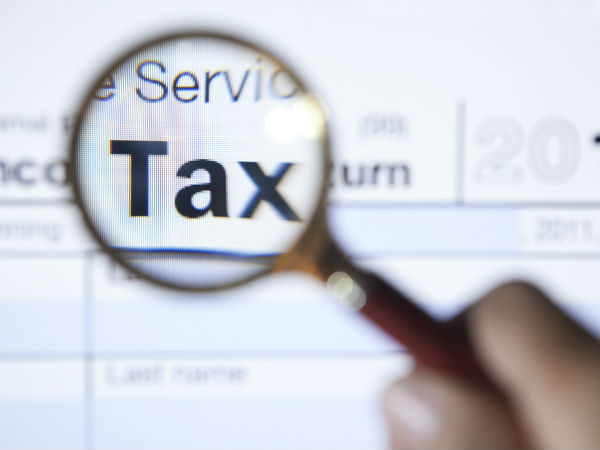Stellar show: SBI net jumps 80% on strong interest income, lower provisions
[ad_1]
Read More/Less
State Bank of India (SBI) on Friday reported an 80% year-on-year (y-o-y) increase in its net profit to Rs 6,451 crore for the March quarter (Q4FY21) on the back of a healthy growth in interest income, improved asset quality and lower provisioning. The lender’s net interest income (NII) grew 19% y-o-y to Rs 27,067 crore. On the back of this, SBI’s operating profit increased 7% y-o-y and 14% sequentially to Rs 19,700 crore.
Commenting on the ongoing second wave, SBI chairman Dinesh Khara said there would be some impact, as the banking sector tends to move in tandem with the macro environment.
The bottom line also got support from lower provisioning for stressed assets. Total provisions declined 11% y-o-y to Rs 13,249 crore during the March quarter. During FY21, total provisions declined 5% to Rs 51,144 crore, compared to Rs 53,645 crore during FY20.The net profit for FY21 increased 41% y-o-y to Rs 20,410 crore.
The bank saw fresh slippages of 21,934 crore during the quarter under review. “Overall, slippage and restructuring applications for FY21 stood at Rs 46,416 crore, well below guidance of the bank,” Khara said. The lender had earlier said slippage and restructuring would remain under Rs 60,000 crore for the whole financial year (FY21). Total recovery and upgradations during Q4 remained at Rs 27,930 crore. The provision coverage ratio (PCR) improved 413 bps y-o-y to 87.75%, compared to 83.62% during Q4FY20.
The asset quality improved during the March quarter. The gross non-performing asset (GNPA) ratio improved 22 basis points to 4.98%, compared to reported pro forma gross NPAs of 5.44% in the previous quarter. Similarly, net NPAs ratio improved 31 bps to 1.5% from 1.81% in the December quarter. Lenders had reported NPAs on a pro forma basis during the December quarter due to a standstill order from the apex court on declaring NPAs.
“A definitive assessment of the impact of Covid-19 is dependent upon circumstances as they evolve in the subsequent period,” Khara said. However, he said the bank might register a credit growth of around 10% in FY22 as the bank’s credit growth is normally 1% above India’s GDP.
Khara also said SBI is reaching out to customers to see if they need fresh restructuring scheme announced by the RBI. Earlier this month, the regulator had announced a fresh loan restructuring window for individual and small businesses hit hard by fresh Covid-19 wave.
The lender’s fee income increased 7.4% y-o-y to Rs 8,455 crore, compared to Rs 7,873 crore in Q4FY20. Similarly, forex income grew 16% y-o-y to Rs 803 crore. Overall, other income grew 21% y-o-y to Rs 16,225 crore.
Advances grew 5% y-o-y and 3.4% q-o-q to Rs 25.39 lakh crore. Retail lending portfolio increased 16% y-o-y to Rs 8.7 lakh crore. However, corporate advances declined 3% y-o-y to Rs 8.18 lakh crore. Deposits grew 13.5% y-o-y and 4% q-o-q to Rs 36.81 lakh crore. Current account savings account (CASA) grew 17% y-o-y and 7% q-o-q to Rs 16.46 lakh crore.
The net interest margins (NIM) improved 16 basis point (bps) y-o-y to 2.9%, but declined 22 bps sequentially. The capital adequacy ratio (CAR) remained at 14.5% with CET1 ratio of 10.02% at the end of March 2021.
The bank declared a dividend of Rs 4 per equity share for FY21. The date of payment of dividend is June 18, 2021.
Get live Stock Prices from BSE, NSE, US Market and latest NAV, portfolio of Mutual Funds, Check out latest IPO News, Best Performing IPOs, calculate your tax by Income Tax Calculator, know market’s Top Gainers, Top Losers & Best Equity Funds. Like us on Facebook and follow us on Twitter.
![]() Financial Express is now on Telegram. Click here to join our channel and stay updated with the latest Biz news and updates.
Financial Express is now on Telegram. Click here to join our channel and stay updated with the latest Biz news and updates.
[ad_2]









